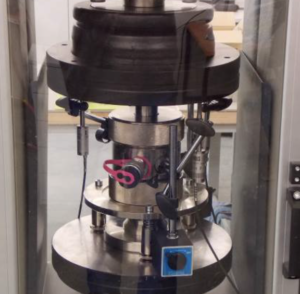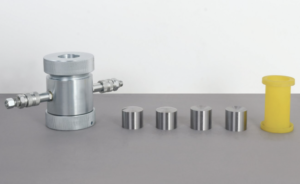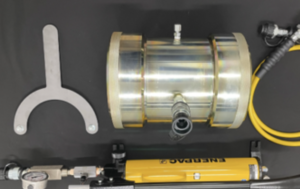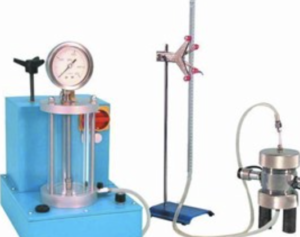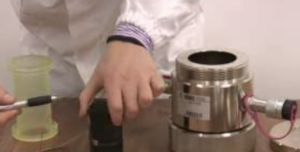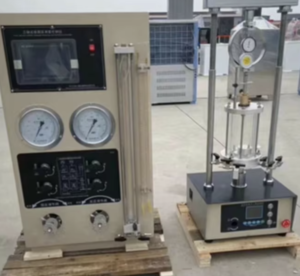Can Soil Testing Help Mitigate Climate Change?
As the world confronts the escalating challenges of climate change, soil testing1 may not be the first solution that comes to mind. Yet, beneath our feet lies one of the most powerful and underutilized tools for carbon capture: the soil itself2. By testing and understanding soil’s health and carbon storage potential, scientists, farmers, and policymakers can make informed decisions3 that reduce emissions, restore ecosystems, and support a more sustainable climate future.
Soil’s Role in Carbon Sequestration
Soils are the largest terrestrial carbon reservoir, holding more carbon than the atmosphere and all plant life combined. Through the process of carbon sequestration, soils can store atmospheric CO₂ in the form of organic matter—a critical buffer against climate change.
How It Works:
- Plants absorb CO₂ during photosynthesis.
- Roots transfer carbon into the soil through exudates.
- Microorganisms and organic residues help stabilize carbon in humus.
- Stable carbon can remain in soil for decades or even centuries.
Global Soil Carbon Storage Snapshot
| Reservoir | Estimated Carbon (GtC) |
|---|---|
| Atmosphere | ~870 |
| Terrestrial Vegetation | ~560 |
| Soil Organic Carbon | ~1500 |
| Soil Inorganic Carbon | ~950 |
Enhancing soil’s carbon-holding capacity represents a natural climate solution that complements emission reduction efforts.

Testing for Carbon Storage Potential
Soil testing is essential for quantifying carbon stocks and identifying where and how sequestration can be improved. Accurate measurement helps:
- Baseline carbon levels before land-use changes.
- Monitor progress from carbon farming or regenerative practices.
- Detect areas of depletion or degradation.
- Support carbon credit validation in carbon markets.
Key Soil Tests for Carbon Assessment:
- Total Organic Carbon (TOC): Measures the carbon bound in organic matter.
- Bulk Density Test: Used to convert TOC into carbon per hectare.
- Soil Respiration Tests: Indicate microbial activity and carbon flux.
- pH and Texture Analysis: Reveal conditions that affect carbon stability.
Example: Soil Carbon Measurement Summary
| Parameter | Unit | Typical Range (topsoil) |
|---|---|---|
| Total Organic Carbon | % | 0.5 – 6% |
| Bulk Density | g/cm³ | 1.1 – 1.6 |
| Carbon Stock | Mg C/ha | 25 – 100+ |
By linking soil test data with geospatial analysis, land managers can develop precision carbon strategies.
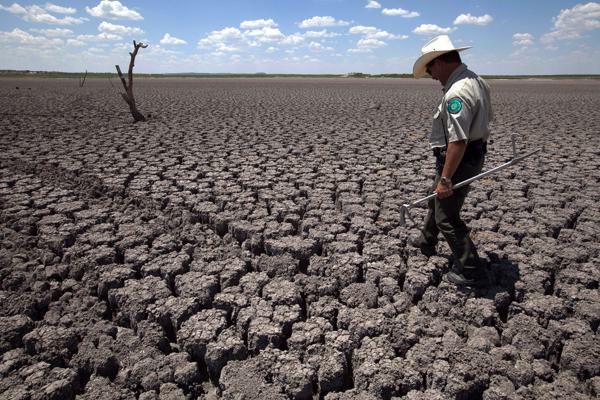
Impact of Agricultural Practices on Soil Carbon
Soil carbon levels are directly influenced by how we manage the land. Practices that disturb the soil or reduce plant cover can lead to carbon loss, while regenerative approaches help build it back.
Practices That Reduce Soil Carbon:
- Intensive tillage
- Overgrazing
- Monoculture cropping
- Excessive chemical inputs
Practices That Build Soil Carbon:
- No-till or reduced tillage
- Cover cropping and crop rotation
- Organic amendments like compost and biochar
- Agroforestry and perennial planting
Soil Carbon Change Example (Over 5 Years)
| Practice | Change in SOC (%) | Climate Benefit |
|---|---|---|
| Conventional Tillage | –1.2% | Carbon loss to atmosphere |
| Reduced Tillage + Cover Crops | +0.9% | Carbon sequestration enhanced |
| Compost Application | +1.5% | Long-term carbon stabilization |
Soil testing enables ongoing monitoring, helping farmers and researchers adjust methods for maximum environmental impact.
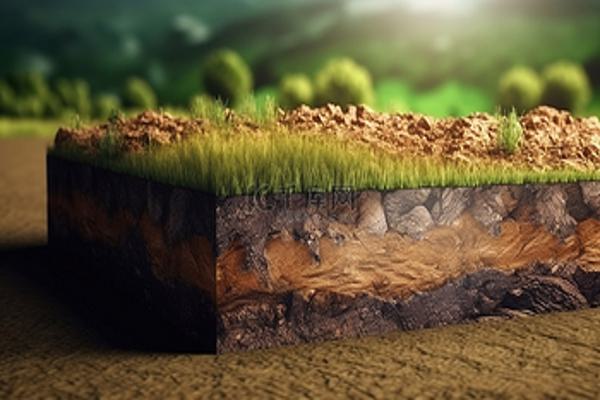
Policy Implications for Climate Mitigation
Governments and international organizations are increasingly recognizing soil carbon4 as part of the climate solution. But meaningful action requires verifiable data5—and that’s where soil testing becomes a policy cornerstone6.
How Soil Testing Supports Policy:
- Establishes baselines for soil carbon incentives and subsidies.
- Verifies compliance with regenerative agriculture programs.
- Provides science-based evidence for carbon credit systems.
- Informs land use planning and climate resilience strategies.
Example: Policy-Driven Soil Carbon Programs
| Region | Program Name | Soil Testing Role |
|---|---|---|
| Australia | Emissions Reduction Fund | Monitors carbon sequestration in soils |
| California (USA) | Healthy Soils Program | Requires baseline and follow-up soil tests |
| European Union | Common Agricultural Policy (CAP) | Promotes soil health via testing-supported eco-schemes |
Soil testing not only supports individual farmers—it helps shape global strategies for reducing emissions and adapting to climate change.
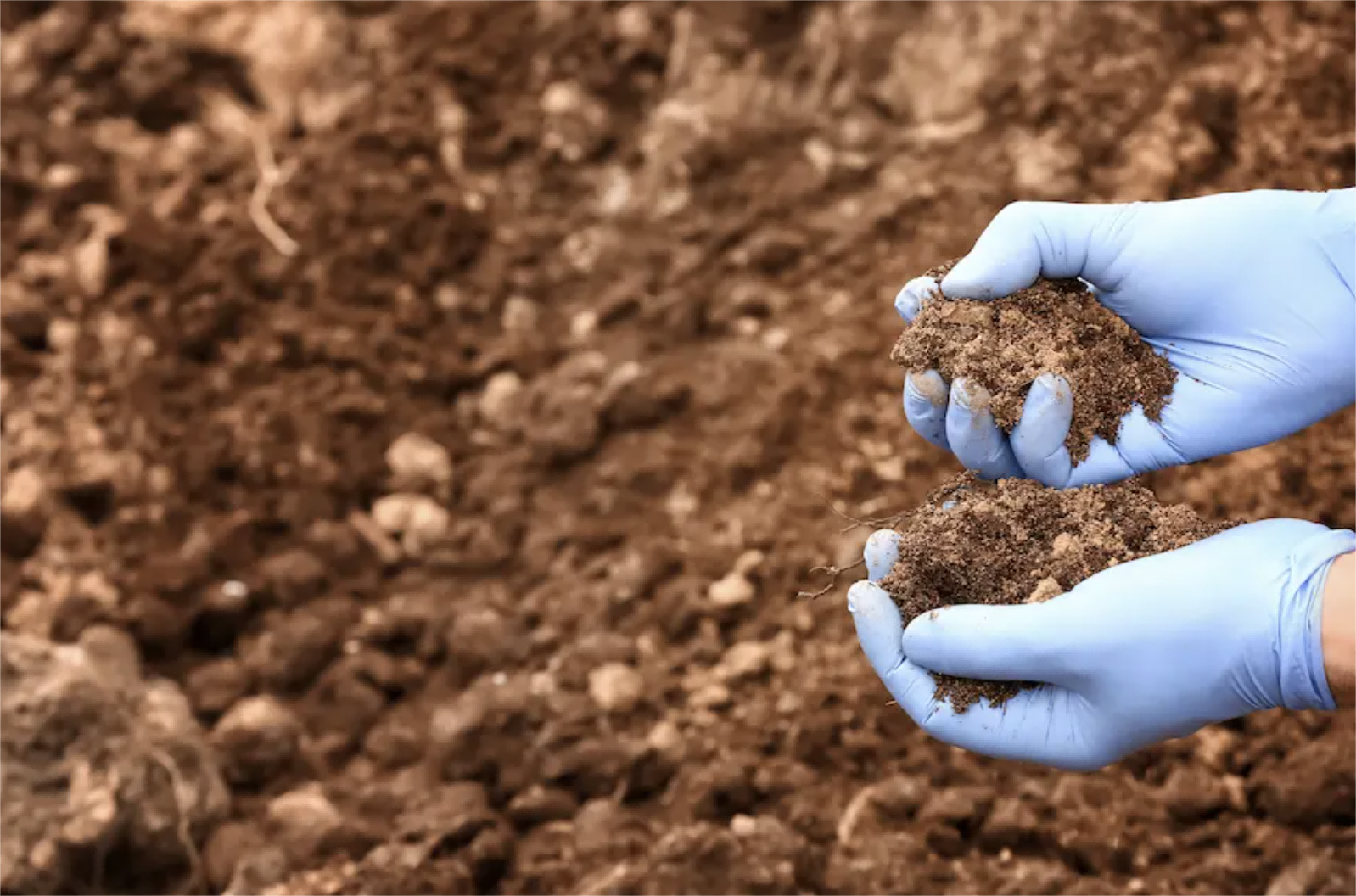
Conclusion
Soil testing is more than a tool for agriculture—it’s a critical weapon in the fight against climate change7. By revealing the soil’s carbon storage capacity, guiding sustainable practices, and supporting science-based policies, it helps unlock the potential of the earth beneath us. In the quest for climate solutions, soil testing offers a practical, scalable, and nature-based path forward8.
-
Exploring this resource will reveal how soil testing can enhance carbon capture and improve agricultural practices, crucial for combating climate change. ↩
-
Understanding the role of soil in carbon capture is vital for sustainable practices and ecosystem restoration, making this resource invaluable. ↩
-
This link will provide insights into effective decision-making strategies that can lead to impactful climate policies and practices. ↩
-
Understanding soil carbon is crucial for grasping its role in climate change mitigation. Explore this link to learn more. ↩
-
Verifiable data is essential for effective environmental policies. Discover its significance and applications in this informative resource. ↩
-
The term ‘policy cornerstone’ is vital for understanding foundational policies in environmental management. Check this link for deeper insights. ↩
-
Explore how soil testing serves as a vital tool in addressing climate change and enhancing sustainability practices. ↩
-
Discover the innovative ways soil testing can lead to effective and sustainable climate solutions. ↩

